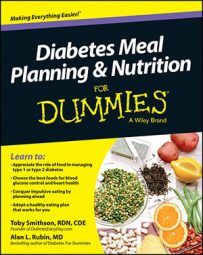Oats are a whole grain, so they are a great start toward healthy right off the bat.
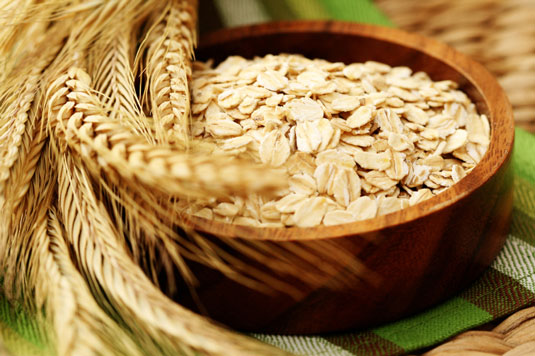
Oats are most noted for bringing a specific soluble fiber called beta-glucans to the rescue. Beta-glucans, technically in a class of carbohydrates called gums, are especially effective at lowering bad LDL cholesterol levels.
Studies have also shown that oats help moderate after-meal blood glucose response and improve insulin sensitivity. Oats also contribute to satiety — fullness — helping to reduce appetite. Oatmeal, of course, has long been a breakfast standard, and it’s hard to argue with a strategy that starts your day with this power food. But a bowl of hot oatmeal in the morning isn’t the only place you can get the soluble fiber from oats. Oatmeal makes great filler for meat dishes like meatloaf, and you can add oats or oat bran, which concentrates the beta-glucans even more, to yogurt or smoothies.
Remember, oatmeal is a grain, grains are carbohydrates, and carbohydrates need to be counted for blood glucose control. One-quarter cup of dry oatmeal equals one carb choice — 15 grams carbohydrate.
Beans are good for your heart by providing both soluble and insoluble fiber, as well as folate, magnesium, and potassium.
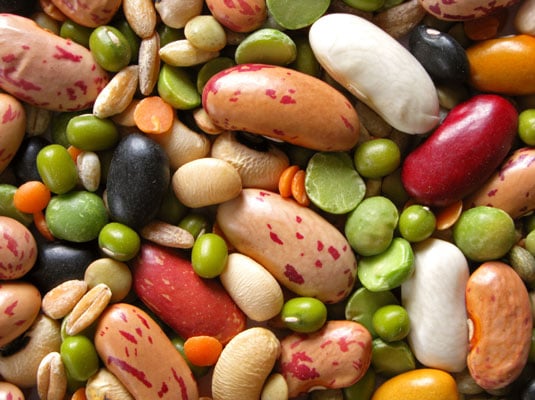
That makes beans a cholesterol-reducing, blood-pressure-lowering, and gas-producing powerhouse. But, beans also improve blood glucose control, having a low glycemic index due to the fiber and protein content.
Ultimately, these complex legumes are starchy vegetables, so don’t forget that your 1/2-cup serving is a 15 gram carbohydrate portion after you deduct half of the fiber from total carbohydrate.
Remember that managing diabetes is not only about controlling blood glucose levels as effectively as possible, but also about reducing your risk for heart disease, which is significantly elevated simply by having diabetes.
Salmon is a fatty fish that’s readily available fresh, frozen, or canned.
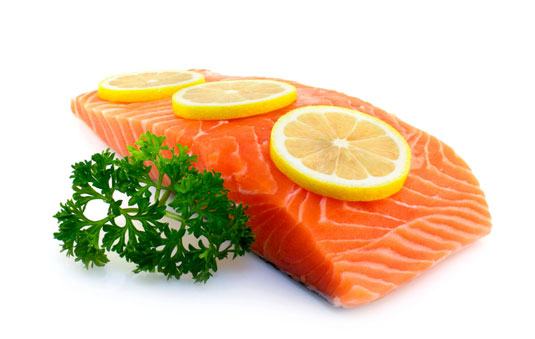
It’s an excellent source of complete protein, one of the best sources of dietary vitamin D, an excellent source of niacin (vitamin B3), and a good source of selenium, vitamin B6, and omega-3 fatty acids.
Omega-3 fatty acids may be specifically important in reducing the chronic state of inflammation that’s associated with insulin resistance.
Nuts are a good source of B vitamins, vitamin E, fiber, iron, protein, magnesium, and zinc, and are a great source of mono and poly unsaturated fats.
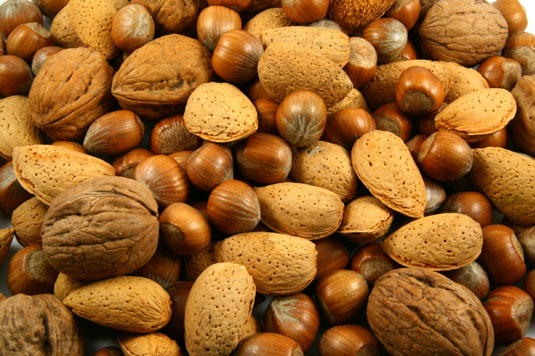
Nuts are also very low in carbohydrate, making them a great snack food for people with diabetes who aren’t snacking to raise blood glucose levels.
Peanuts, almonds, and walnuts are all associated in studies with improved insulin sensitivity, and improvements in A1C among people with diabetes. Nuts have been shown to improve cholesterol levels as well, and without weight gain; walnuts even provide valuable omega-3 fatty acids.
Oranges are a great source of another cholesterol-reducing soluble fiber, called pectin, as well as folate and potassium.
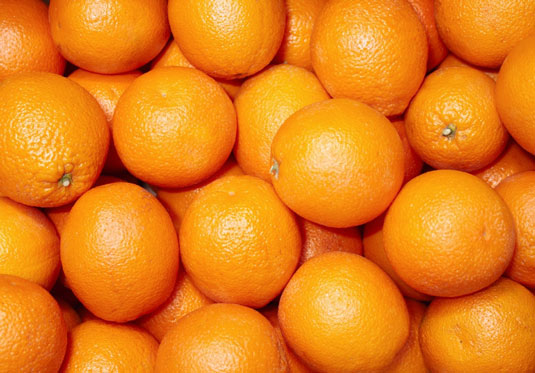
A medium-sized orange is one 15-gram carbohydrate choice, making an orange or one half cup orange juice an effective treatment for moderate hypoglycemia. If you want the full bang for your nutrition buck, however, go for the orange instead of the juice. You get more fiber and a better dose of antioxidants.
Kale is a fabulous representative of a star group of nonstarchy vegetables.

From a nutrition standpoint, kale is rich in vitamin A, vitamin B6, vitamin C, vitamin K, folate, calcium, magnesium, fiber, and powerful flavonoids and antioxidants.
Kale may be the superstar, but leafy greens are an important part of a healthy diet. Even iceberg lettuce, nearly absent in nutritional value, can help fill you up, and Popeye’s affinity for spinach was on target. Kale is great steamed, added to salad, or even sprayed lightly with oil and baked until a crispy chip.
Chocolate, especially dark (more than 60 percent cocoa) chocolate, has benefits related to cardiometabolic health.
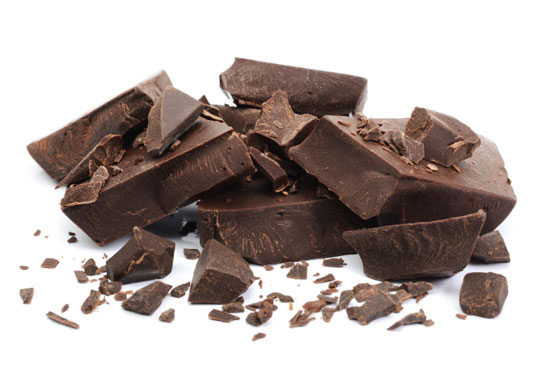
These benefits are likely related to polyphenols present in cocoa and the beneficial effects on blood pressure, insulin resistance, and blood lipids of these compounds.
In an effective diabetes management lifestyle, mindfulness and moderation are keys to good health. A square or two of dark chocolate is a great addition to your day. Managing diabetes effectively is a balance. Learning to savor fabulous foods like chocolate in appropriate portions helps an effective diabetes lifestyle fit more easily into your regular life.
The soy bean is a remarkable little fellow.
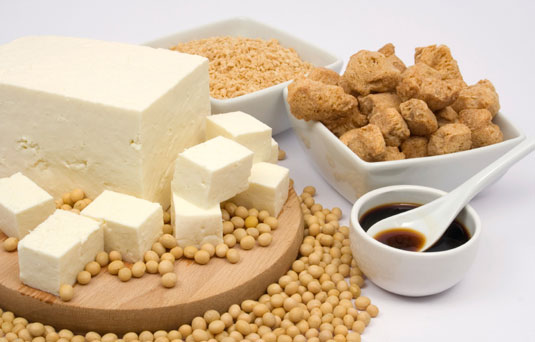
The combination of protein, fat, and fiber gives soy beans a very low glycemic index value, meaning its impact on blood glucose levels is very gradual.
Soy has been shown to reduce total cholesterol, reduce bad LDL cholesterol, lower blood pressure, and improve endothelial function, a measure of the flexibility of arteries.
One diabetes benefit to dairy products is a compound called trans-palmitoleic acid, which is found in the milk fat.
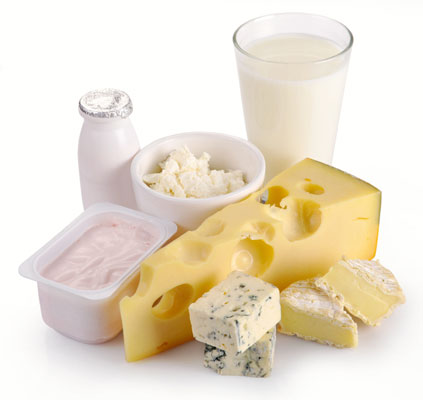
Researchers examining data from the long-term Cardiovascular Health Study being conducted by the National Heart, Lung, and Blood Institute found that participants with higher levels of this naturally occurring trans fat had healthier levels of blood cholesterol, inflammatory markers, insulin levels, and insulin sensitivity, after adjustment for other risk factors.
The soluble fiber in barley includes beta-glucans, so it won’t surprise you to find that barley has been shown as effective in lowering total cholesterol and LDL cholesterol as oats.
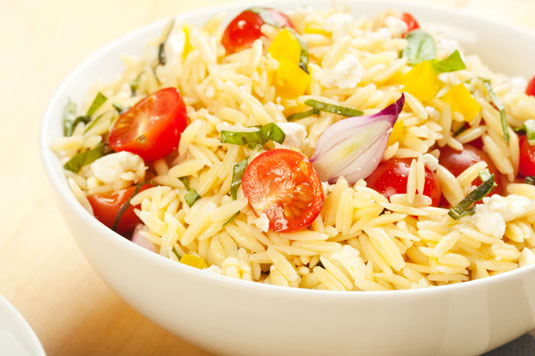
A study of people with type 2 diabetes who consumed a healthy diet that included 18 grams of soluble fiber each day from barley showed a reduction in A1C of 30 percent, from an average of 8.4 percent down to 5.9 percent.

